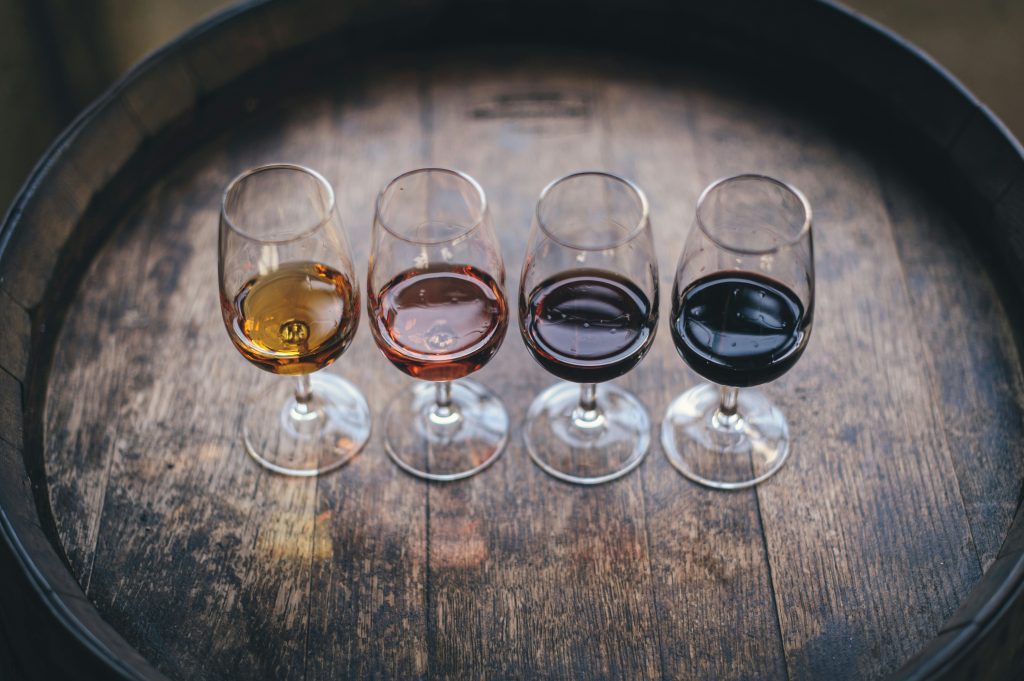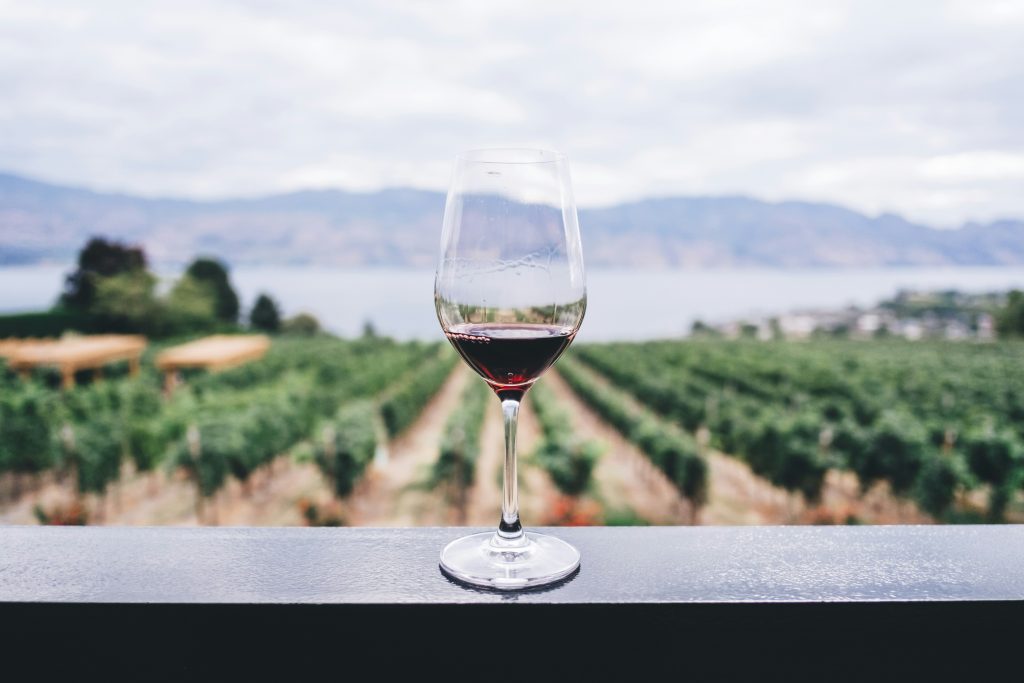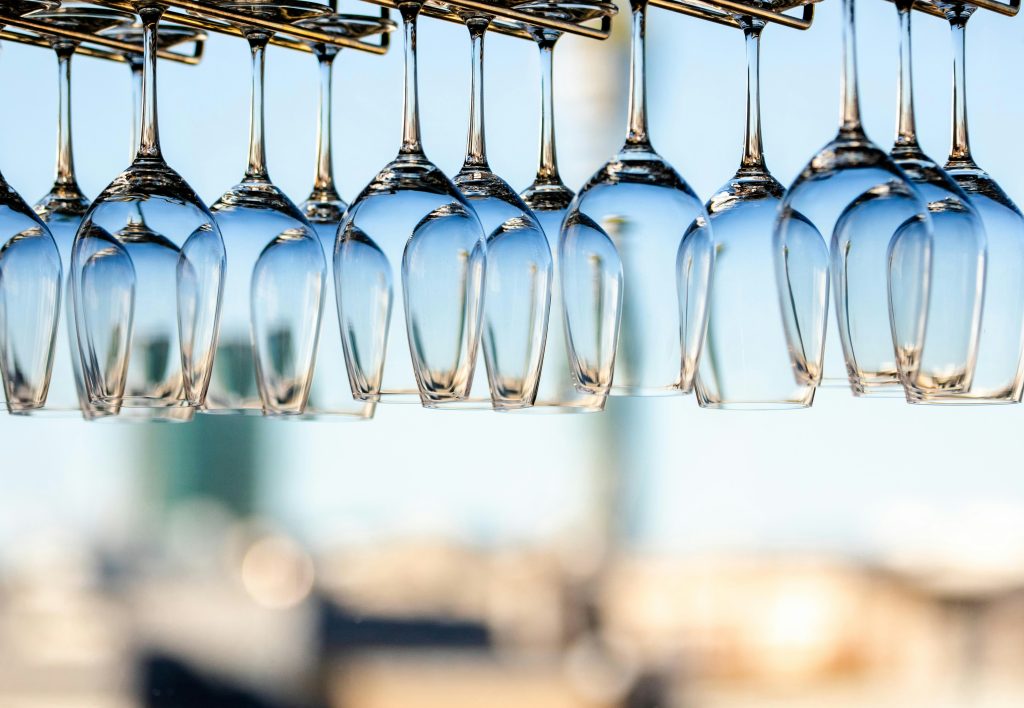
The Wine Glass: A Vessel of Elegance and Functionality
In the world of wine, the humble wine glass transcends its role as a mere vessel, becoming a conduit for the sensory experience—a tool that elevates the appreciation of flavor, aroma, and aesthetics. Crafted with precision and thoughtfully designed, the wine glass embodies a delicate balance of elegance and functionality, enhancing the nuances of the wine it holds and enriching the rituals of tasting and enjoyment.
Form Follows Function: The Anatomy of a Wine Glass
At first glance, a wine glass may appear simple, yet its design is the result of centuries of refinement and innovation. A typical wine glass consists of three main components: the bowl, the stem, and the base. The bowl, with its curved shape and tapered rim, serves as a vessel to hold the wine, allowing it to breathe and develop its aromas. The stem provides a graceful handle, keeping the hand away from the bowl to prevent unwanted temperature fluctuations. Finally, the base provides stability and balance, ensuring a secure foundation for the glass.
The Influence of Shape and Size
The shape and size of a wine glass play a crucial role in the tasting experience, affecting the perception of aroma, flavor, and mouthfeel. Different styles of wine glasses are tailored to specific grape varieties and wine styles, optimizing the sensory characteristics of each. For example, a larger bowl with a wider opening is ideal for bold red wines like Cabernet Sauvignon, allowing ample space for aeration and capturing the wine’s complex aromas. In contrast, a smaller, narrower glass is better suited to delicate white wines such as Riesling, preserving their delicate aromatics and acidity.

Crystal Clear: The Role of Material
The choice of material also influences the performance of a wine glass, with crystal being the preferred option for many enthusiasts and professionals. Crystal glassware is prized for its clarity, brilliance, and thinness, allowing the wine to sparkle and shine in the light. Moreover, crystal has superior thermal properties compared to regular glass, helping to maintain the wine’s temperature and enhancing its sensory profile. While traditional lead crystal was once favored for its luster and weight, modern lead-free alternatives offer comparable quality and safety without compromising on elegance.
Beyond Utility: The Artistry of Wine Glass Design
While functionality is paramount, wine glass design is also a form of artistic expression, reflecting the aesthetic sensibilities of both the designer and the imbiber. From sleek and minimalist to ornate and intricate, wine glasses come in a myriad of styles to suit every taste and occasion. Whether adorned with delicate etchings, hand-painted motifs, or sculptural stems, each glass adds a touch of beauty and refinement to the wine-drinking experience, transforming a simple act into a moment of indulgence and pleasure.

Conclusion: A Toast to the Wine Glass
In the realm of wine appreciation, the wine glass stands as a silent yet indispensable companion, enhancing our sensory perception and enriching our enjoyment of the noble beverage. With its elegant form, thoughtful design, and innate ability to elevate the wine-drinking experience, the wine glass embodies the marriage of art and science, tradition and innovation. As we raise our glasses in celebration, let us toast to the timeless elegance and enduring allure of this exquisite vessel—the quintessential companion on our journey of vinous discovery.